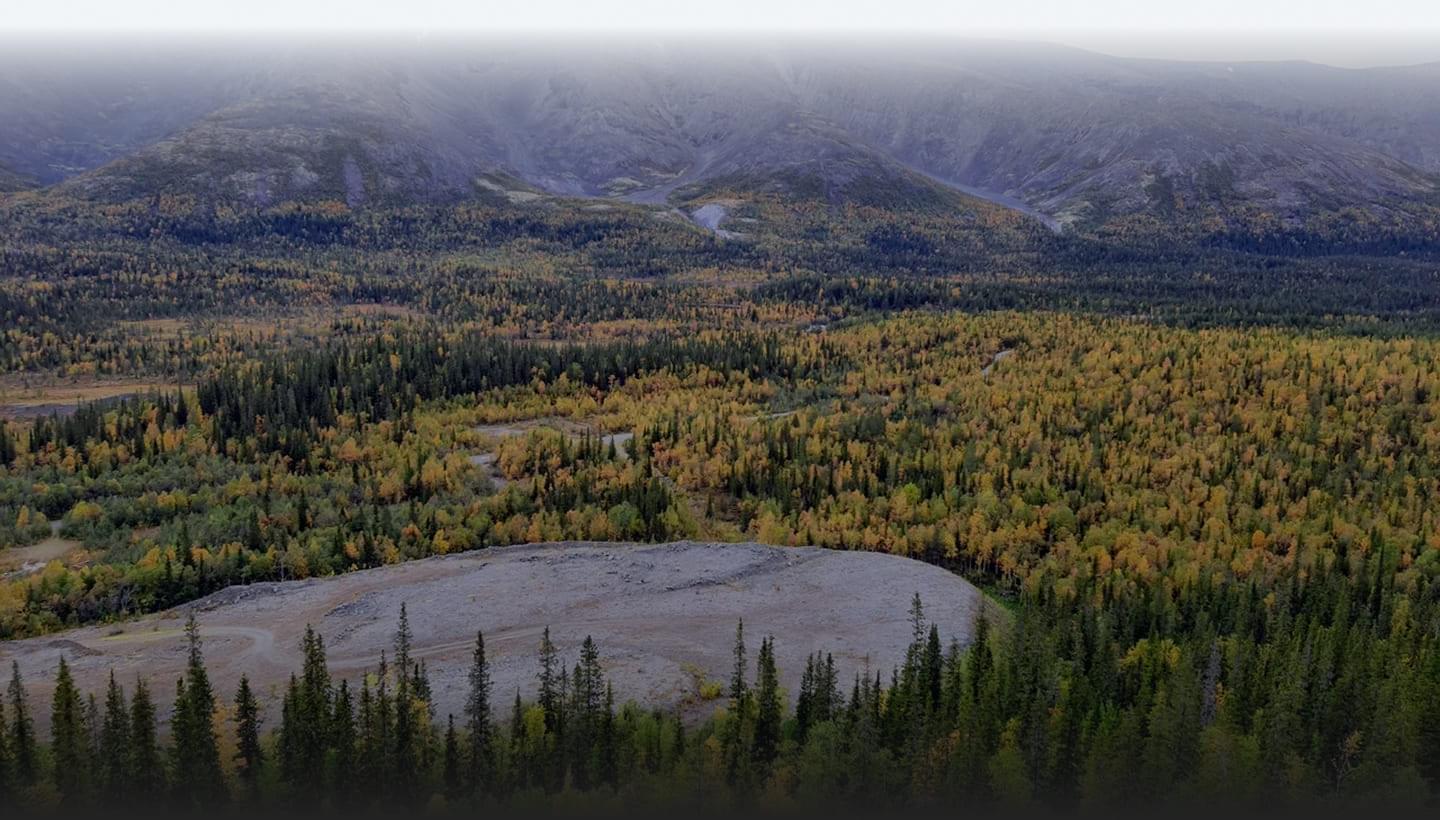Place
Kuiva on Seidozero
Add to the journey
Lake Seydozero near Lovozero is considered one of the possible centers of the mysterious civilization of Hyperborea. According to legend, Hyperborea was home to highly developed giants who achieved great success in science and culture, and then disappeared like the inhabitants of Atlantis.
In favor of the version of the giants says 74-meter image on one of the rocks near the lake. They call it Kuiva, so the Sami called the giant hunter who lived in the Lovozero tundra.
The legend of it was recorded by the Swedish ethnographer Gustav Hallstrom. Kuiva terrified the Lapps with his cruelty, robbed and killed them. The Sami prayed to the gods to protect them. According to legend, the gods have heard Sami and struck Koivu of lightning which flew from the waters of Seydozero. So on the rock there was a trace of the burned body of the giant.
However, there are still legends about the appearance of the drawing. According to one of them, it is imprinted in the stone "Shvety", which robbed the Sami. According to another — the Chudsky commander who decided to conquer the tundra, but was defeated. The most improbable, perhaps, is a message to people from extraterrestrials, unsolved until now.
The bas-relief of Kuiva protrudes from the wall for 3-4 meters in some places, maybe that’s why the Seid is also called «Dancing Kuiva»: if you swim or drive quickly along it, it will seem that the figure is moving.
Anyway, Seid is a sacred place for the Sami. The motif of "samas (Lappish) blood", "The blood of our old men" is connected with Kuiva — allegedly painted red some revered stones in the Lovozero tundra.
In recent years, another scientific explanation for Kuiva has emerged. The staff of the Department of plant physiology and biochemistry of St. Petersburg University put forward the theory that microcolonial fungi live on the rock, which color the stone. And already human imagination suggests in these natural patterns a huge humanoid figure. However, back in 1923, academician A. E. Fersman made the assumption that the figure is a pattern of moss and lichens.
Photo
On the map
Reviews

So far, no one has left a review. Be the first!